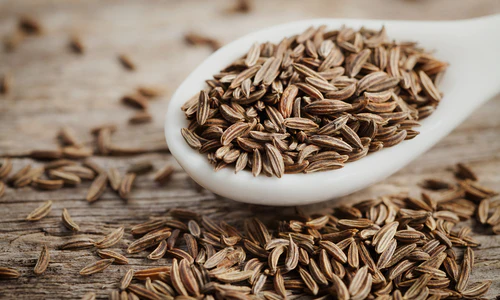The allure of spices has shaped the course of human history for millennia. From ancient civilizations to modern culinary arts, spices have played a crucial role in commerce, culture, and cuisine. The spice trade, often referred to as the Spice Trail, is a tale of exploration, adventure, and economic exchange that has spanned continents and centuries. The origins of the spice trade can be traced back to ancient Egypt, where spices like cinnamon and cassia were highly prized for their aromatic and preservative properties. These early trade routes connected Egypt with the Indian subcontinent, where many of these spices were cultivated. The allure of these exotic flavors and fragrances soon spread to other parts of the world, including the Middle East and Europe. The Silk Road, an intricate network of trade routes linking the East and West, played a pivotal role in the spice trade. Spices such as pepper, cloves, nutmeg, and ginger were transported from the Spice Islands modern-day Indonesia through India and Persia to the Mediterranean.

This arduous journey, fraught with peril and uncertainty, was undertaken by caravans and seafaring merchants who risked their lives to bring these precious commodities to eager markets. The Roman Empire was a significant consumer of spices, importing large quantities to satisfy the tastes of its elite. Spices were not only used to enhance the flavor of food but also for medicinal purposes and as offerings to the gods. The demand for Rota das Índias spices in Rome was so great that it contributed to the depletion of the empire’s treasury, leading to a search for more efficient trade routes. The Age of Exploration in the 15th and 16th centuries marked a turning point in the history of the spice trade. European powers, driven by the desire to bypass the traditional overland routes controlled by Middle Eastern traders, sought direct access to the sources of these valuable commodities. Portuguese explorer Vasco da Gama’s voyage to India in 1498 opened up a sea route that revolutionized global trade.
This maritime path allowed European nations to establish their own spice empires, with Portugal, Spain, the Netherlands, and England leading the charge. The competition for control of the spice trade led to the establishment of colonies and trading posts in Asia and the Indian Ocean. The Dutch East India Company and the British East India Company became dominant players, exerting significant influence over the production and distribution of spices. The economic impact of the spice trade was profound, fueling the rise of European colonialism and shaping the geopolitical landscape of the time. Today, the spice trade continues to thrive, albeit in a transformed landscape. Modern technology and transportation have made spices more accessible than ever, allowing them to be shipped globally with ease. The diversity of spices available in contemporary markets reflects the rich tapestry of cultures and cuisines that have contributed to the global spice trade.
